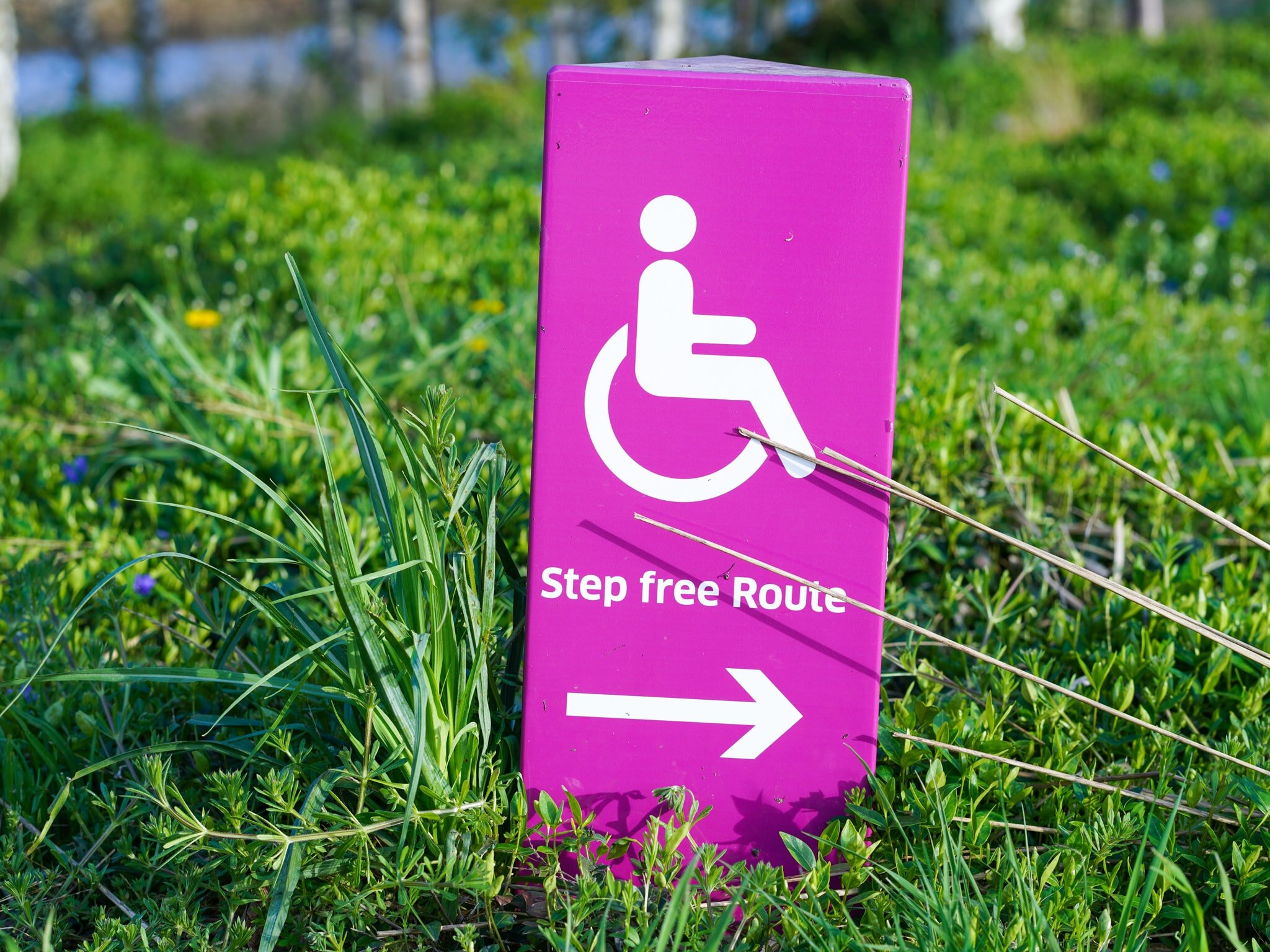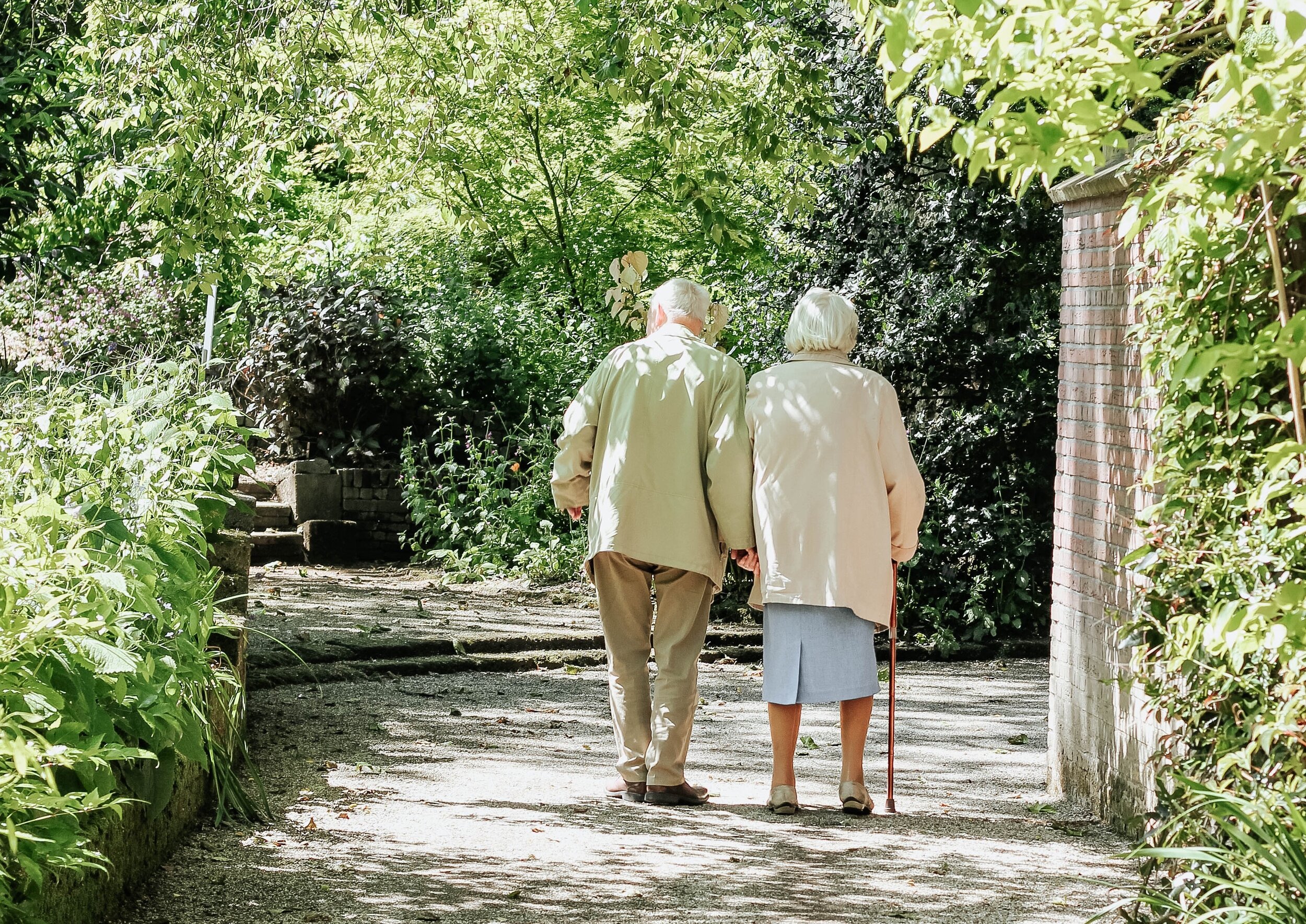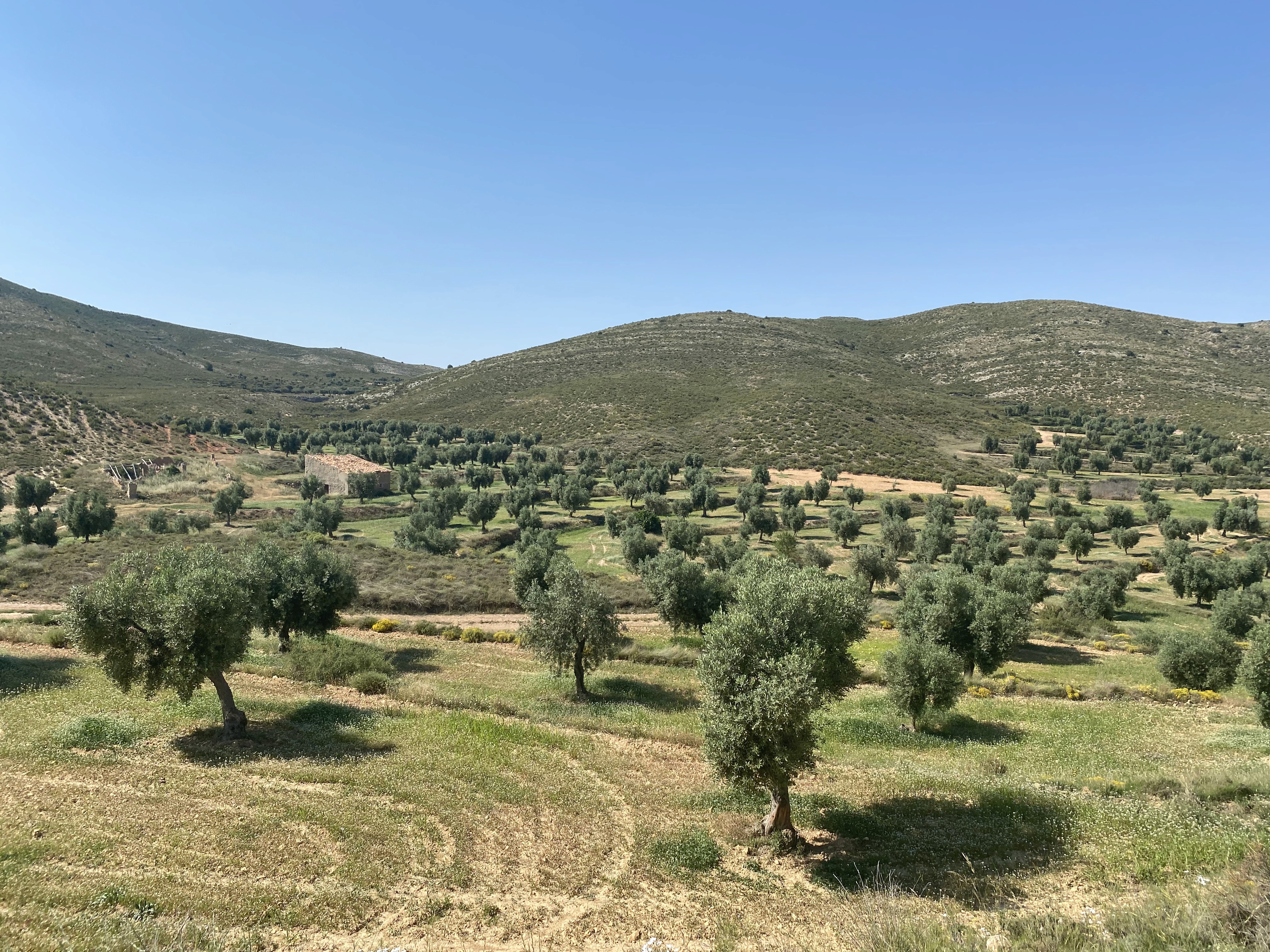Regenerative tourism
Regenerative tourism
FiturNext Challenge 2022: Accessible tourism as a driver of the sector
FiturNext Challenge 2022: Accessible tourism as a driver of the sector
20 de octubre de 2021


By Pako Rodríguez, a consultant specialised in tourism. (Original publication in Spanish)
Fiturnext, the observatory of good practices in tourism at Fitur, managed by Ideas for Change, returns in a new edition of the International Tourism Fair with a new challenge. Keep reading and discover all the details!
In the editions of 2020 and 2021, we attempted to answer the questions “how can tourism contribute to local economic development?” and “how can tourism contribute to gender equality?”. This time we ask ourselves how can tourism contribute to a more accessible society?
This year we will present at Fitur, which will take place from January 19 to 23, 2022, the replicable and high-impact initiatives that are improving the lives of people through accessible tourism. This edition's call focuses on projects with a holistic vision of accessibility that contribute to the sector with:
New technologies serving accessible tourism
Accessible tourist services and complementary offerings
Management and promotion of accessibility in tourism
Why is accessibility important in tourism?
To begin with, accessibility is included in a transversal manner in various SDGs (4,8,10, and 11) and is also one of the axes on which Smart Tourist Destinations are based.
As explained by Predif, the State Representative Platform for People with Physical Disabilities, a tourist destination will be accessible when the set of environments, services, and products offered in the tourist offering allows all people to have access, use, and enjoyment of these in a normalised, autonomous, and safe manner. All this applies to both visitors and residents, not forgetting the workers in the tourism sector who suffer from some type of disability.
The World Tourism Organization identified accessibility last December 2020 as a paradigm shift for tourist destinations concerning the recovery from the impacts of the pandemic.
Let's analyze some data. According to the accessible tourism platform Tur4all, in Spain, there are almost four million people with some type of disability, about 9% of the population. Of all these, more than 65% have mobility problems, more than 27% have hearing disabilities, around 25% have visual disabilities, about 19% have communication-related disabilities, and, finally, almost 17% have learning difficulties.

Moreover, this must be added to the high degree of population aging, which today represents nearly 19% of people over 65 in Spain, with similar figures globally by 2050. This segment of the population –referred to in some circles as the "silver economy"– has a high income and a great interest in traveling, so providing them with a comfortable and safe tourist offering is a opportunity for the sector.
At the European level, the main source market for our country, the data provided by the TRAN Committee Report, published in 2018 by the General Directorate for Internal Policies of the European Union, indicates that there are more than 138 million people with accessibility needs. However, the industry is not fully aware. Slightly more than 9% of European tourist facilities and services have some level of accessibility. So, why not get to work to offer a tourist offering that meets all their needs?
Other reflections on accessible tourism
However, it is also necessary to highlight the data on the positive economic impact of increasing accessibility management in tourism businesses, especially in the current context. Let’s look at it as it should be seen: it's not an expense, it's an investment. Not only in social justice, which directly impacts the quality of life of residents with every change that occurs, but also in the companies associated with the tourism sector.
This group reduces one of the major headaches for many destinations, especially in Spain: seasonality. In the European Union, according to data from Tur4all, people with accessibility needs made an average of 6.7 trips per year in 2013 and in Spain, 7 trips per year in 2015. That is, instead of concentrating holidays during high season months, they diversify their travels.
They are a multiple client, as 96% of travelers with accessibility needs travel accompanied. Additionally, they spend approximately 28% more than other tourists to ensure accessibility conditions.
Finally, they return when they find an accessible destination, meaning they are more loyal customers than other tourists. And now, thanks to specialized platforms for these types of travelers, they also recommend places and services that offer activities in a more convenient way.

In summary: an endless array of opportunities and benefits for the sector, but above all for the people. We are in a time when tourism is discussed as a basic right. Our life rhythms explain this fact. New and more economical ways to travel have managed to democratize access to travel and make it available to nearly every budget. Still, there are groups that have greater difficulties in having leisure time and enjoying it in the way they choose. If we talk about democratizing travel, we are still a long way from achieving it.
The new forms of tourism must also take into account people with disabilities of any kind or with special needs. The offering will have to adapt to what represents a further advance of our society, thanks to the push from an increasingly connected demand aware of its rights.
Do you have an initiative that contributes to this challenge? That promotes tourism for all people? Apply for the FiturNext 2022 challenge through this link. We want to know about your project!
By Pako Rodríguez, a consultant specialised in tourism. (Original publication in Spanish)
Fiturnext, the observatory of good practices in tourism at Fitur, managed by Ideas for Change, returns in a new edition of the International Tourism Fair with a new challenge. Keep reading and discover all the details!
In the editions of 2020 and 2021, we attempted to answer the questions “how can tourism contribute to local economic development?” and “how can tourism contribute to gender equality?”. This time we ask ourselves how can tourism contribute to a more accessible society?
This year we will present at Fitur, which will take place from January 19 to 23, 2022, the replicable and high-impact initiatives that are improving the lives of people through accessible tourism. This edition's call focuses on projects with a holistic vision of accessibility that contribute to the sector with:
New technologies serving accessible tourism
Accessible tourist services and complementary offerings
Management and promotion of accessibility in tourism
Why is accessibility important in tourism?
To begin with, accessibility is included in a transversal manner in various SDGs (4,8,10, and 11) and is also one of the axes on which Smart Tourist Destinations are based.
As explained by Predif, the State Representative Platform for People with Physical Disabilities, a tourist destination will be accessible when the set of environments, services, and products offered in the tourist offering allows all people to have access, use, and enjoyment of these in a normalised, autonomous, and safe manner. All this applies to both visitors and residents, not forgetting the workers in the tourism sector who suffer from some type of disability.
The World Tourism Organization identified accessibility last December 2020 as a paradigm shift for tourist destinations concerning the recovery from the impacts of the pandemic.
Let's analyze some data. According to the accessible tourism platform Tur4all, in Spain, there are almost four million people with some type of disability, about 9% of the population. Of all these, more than 65% have mobility problems, more than 27% have hearing disabilities, around 25% have visual disabilities, about 19% have communication-related disabilities, and, finally, almost 17% have learning difficulties.

Moreover, this must be added to the high degree of population aging, which today represents nearly 19% of people over 65 in Spain, with similar figures globally by 2050. This segment of the population –referred to in some circles as the "silver economy"– has a high income and a great interest in traveling, so providing them with a comfortable and safe tourist offering is a opportunity for the sector.
At the European level, the main source market for our country, the data provided by the TRAN Committee Report, published in 2018 by the General Directorate for Internal Policies of the European Union, indicates that there are more than 138 million people with accessibility needs. However, the industry is not fully aware. Slightly more than 9% of European tourist facilities and services have some level of accessibility. So, why not get to work to offer a tourist offering that meets all their needs?
Other reflections on accessible tourism
However, it is also necessary to highlight the data on the positive economic impact of increasing accessibility management in tourism businesses, especially in the current context. Let’s look at it as it should be seen: it's not an expense, it's an investment. Not only in social justice, which directly impacts the quality of life of residents with every change that occurs, but also in the companies associated with the tourism sector.
This group reduces one of the major headaches for many destinations, especially in Spain: seasonality. In the European Union, according to data from Tur4all, people with accessibility needs made an average of 6.7 trips per year in 2013 and in Spain, 7 trips per year in 2015. That is, instead of concentrating holidays during high season months, they diversify their travels.
They are a multiple client, as 96% of travelers with accessibility needs travel accompanied. Additionally, they spend approximately 28% more than other tourists to ensure accessibility conditions.
Finally, they return when they find an accessible destination, meaning they are more loyal customers than other tourists. And now, thanks to specialized platforms for these types of travelers, they also recommend places and services that offer activities in a more convenient way.

In summary: an endless array of opportunities and benefits for the sector, but above all for the people. We are in a time when tourism is discussed as a basic right. Our life rhythms explain this fact. New and more economical ways to travel have managed to democratize access to travel and make it available to nearly every budget. Still, there are groups that have greater difficulties in having leisure time and enjoying it in the way they choose. If we talk about democratizing travel, we are still a long way from achieving it.
The new forms of tourism must also take into account people with disabilities of any kind or with special needs. The offering will have to adapt to what represents a further advance of our society, thanks to the push from an increasingly connected demand aware of its rights.
Do you have an initiative that contributes to this challenge? That promotes tourism for all people? Apply for the FiturNext 2022 challenge through this link. We want to know about your project!


